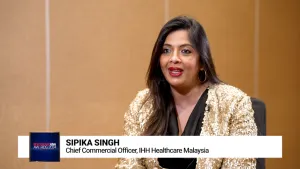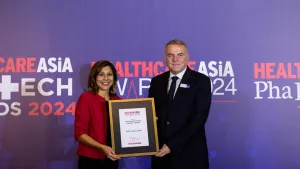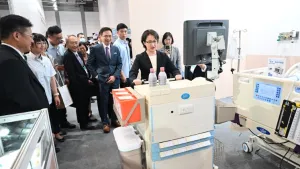
Tax reliefs for insurance policies and new mothers may benefit Singapore's economy
Deductions could be subject to a cap which could be scaled according to age.
Enabling a tax write-off for health insurance premiums may encourage more taxpayers to take up health insurance policies for themselves and their families amidst arising chronic conditions and growing demand for health services which place complex pressures on Singapore’s healthcare system, according to PwC Singapore’s Budget Proposal 2019.
According to the firm, tax deductions could be subject to a cap which could be scaled according to age. Likewise, a tax relief for medical costs incurred by those over 50 years old for health screening every other year should also be considered in a bid to encourage preventive healthcare.
“Perhaps a cap of $500 per year could be set, to be claimed every other year and on an incurred basis,” PwC suggested in its report.
Also read: Malaysia proposes 7.8% larger 2019 budget of US$6.9b for healthcare
In addition, it noted how there is no standalone tax relief available to individuals for premiums paid on medical-related or health insurance policies. To further encourage taxpayers to take ownership of the well-being of themselves and their families, PwC noted how the government could allow for a tax deduction that is not tied to Central Provident Fund contributions subject to a cap of $5,000 for premiums paid for medical-related insurance by individuals.
Moreover, support for new mothers to continue working and stay in the workforce should also be considered. The firm noted how amidst efforts to foster a pro-family workforce and establish suitable facilities for working mothers, new mothers will still have extended absences from work to tend to their babies for a variety of reasons.
“Funding or a new tax relief which will help new mothers to defray the cost of taking care of infants, whether in the form or post-natal care or purchase of feeding essentials, can encourage and support them to return to the workforce after maternity leave,” PwC highlighted. “At the same time, it will alleviate the financial burden of working women with young children.”
Also read: WeDoctor Greater Bay Area platform unveils China's first provincial-level internet hospital
To further encourage mothers to stay in the workforce, such reliefs and the Working Mother’s Child Relief should be excluded from the $80,000 cap on personal income tax reliefs, the firm added.
Meanwhile, opening up mentoring programmes as a second career could be useful for Singapore’s economy in terms of encouraging retiring professionals with a lifetime of experience and knowledge to pass on their wisdom to the younger working generation.
“The government should consider co-funding their compensation with the startup to attract them to join as accelerator mentors in identified sectors upon their retirement,” PwC said.
PwC also noted how the government should consider cooperating with and incentivising the private sector to operate a means-tested Healthcare home programme with mobile clinics to help manage public hospital attendance. Another option could be to partner with hospitals to train non-medical practising caregivers for routine home visits.
Also read: Singapore needs to control inpatient costs amidst high medical inflation
In a bid to address Singapore’s rising chronic conditions prevalence, PwC proposed that incentives focused on exercise which can be applied in community wellness programmes.
“This could also be tied in with the ActiveSG app which allows users to explore facilities, activities and programmes throughout Singapore,” the firm highlighted. “Singapore companies should also be incentivised in a similar tax-credit regime to put in place an evidence-based workplace exercise programme for employees.”


















 Advertise
Advertise


